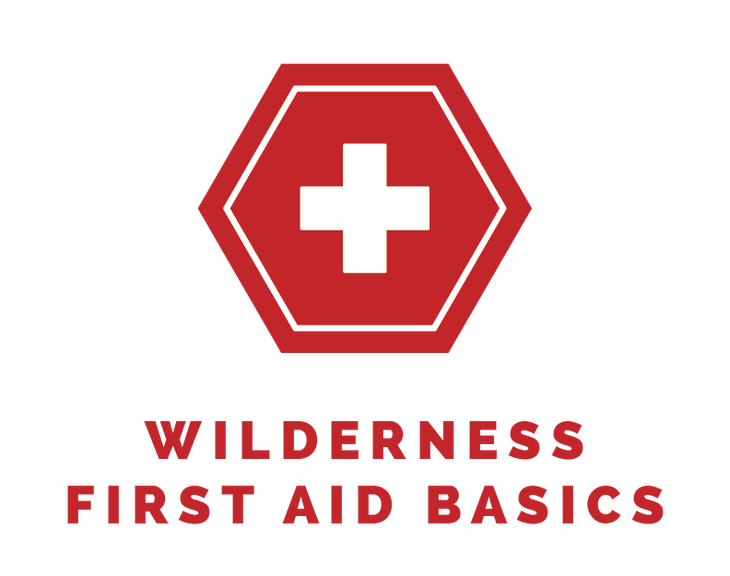Heading out the door? Read this article on the new Outside+ app available now on iOS devices for members! Download the app.
Whether you’re going for a three mile day hike or a 30 mile overnight backpacking trip, getting outdoors requires proper preparation. Conditions change, injuries happen, and we all need snacks. Over the years, hikers have honed in on the absolute must-haves for any hike, creating a list of 10 simple items. The 10 essentials for hiking will keep you warm, nourished, and safe no matter where in the wilderness you find yourself.
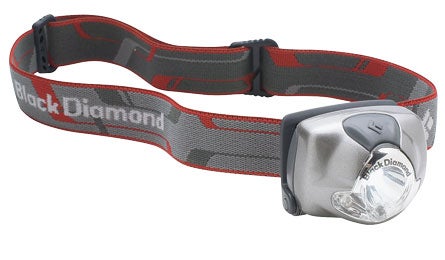
1. Headlamp
There’s nothing worse than being stuck in the dark with nothing but a phone flashlight to guide your way. Even if you’re going out at midday, adverse conditions could keep you out past sunset, and you’ll need a way to navigate. You don’t need to break the bank to get solid illumination that will keep you on trail: A battery-powered LED headlamp will do the trick. Good bet: Black Diamond Spot ($40, 1.8 oz. with no batteries)
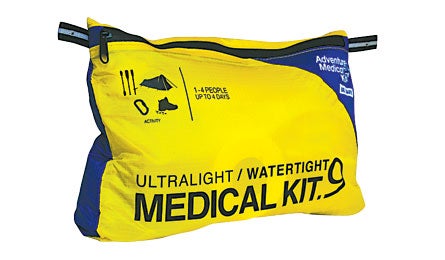
2. First-aid kit
Knowing how to use the 10 essentials is just as important as packing them. A simple first aid kit with bandages, antiseptic wipes, pain relievers, and other items can help you treat a wide range of wilderness ailments. Make sure you know what’s in your kit, how long it lasts, and how to use it. When a bad step twists your ankle or a fall draws blood, remember to stay calm, assess the situation, and use the tools available to you to act. Good bet: AMK Ultralight/Watertight .9 ($36, 10.4 oz.)
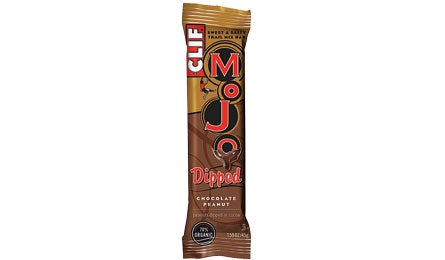
3. Trail food
Packing food for your hike is about more than just the bliss of a summit candy bar. Proper nutrition keeps your body moving on the trail, and keeps you nourished in case of emergency. For maximum efficiency, bring something that packs nutrition in a small package. Carbs and electrolytes are key for energy and endurance, and can be found in everything from dried fruit to trail mix to granola bars. Good bet: Clif Mojo Dipped ($1.39, 1.6 oz.)
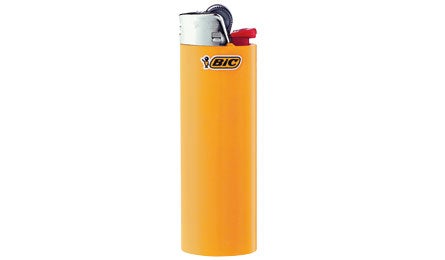
4. Fire
Starting a fire with nothing but the materials in the forest around you is a fun challenge. But in a pinch, you don’t want to be stuck in a cold, dark night without an easy light. Pack a lighter and fire starter: A Bic plus Vaseline-dipped cotton balls stored in a pill bottle will do the trick. Just like with first aid, though, having the supplies and knowing how to use them are two different things. To start and maintain a fire, you’ll need to find fuel and a pit, and take the proper steps to make sure it doesn’t fizzle out. Be sure to practice fire safety: Only start fires in established fire pits when allowed by law, and always have water on hand to douse your flames.
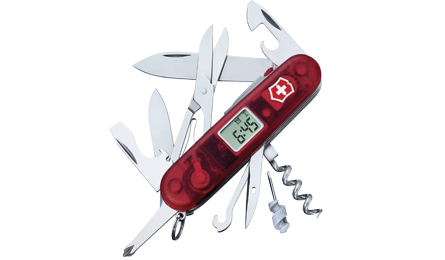
5. Knife
The range of situations where a knife comes in handy runs the gamut from opening a pesky food package to crafting a bow to hunt small game. A small, sharp blade is enough for most uses. Consider whether you want a foldable blade, a fixed blade, or a multitool, and make sure to maintain it between uses. Good bet: Victorinox Voyager Lite ($119, 4 oz.)
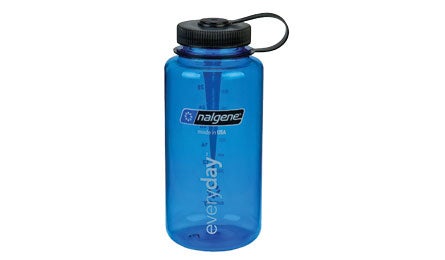
6. Water
The rule of threes stipulates that you can make it three days without drinkable water. But in hot climates, that number can drop to a few hours. Bringing more than enough water in a sturdy container is essential for any hike, and backup purification tablets can help you out if you run out. Good bets: Nalgene Everyday 32-Ounce ($10, 6.2 oz., nalgene-outdoor.com); Aquamira ($17, 2 oz.)
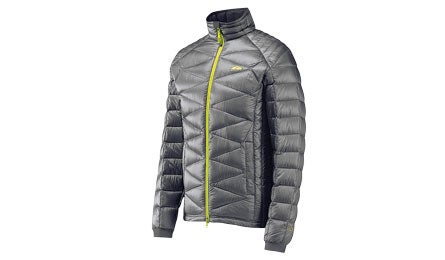
7. Insulation
No matter the season, conditions on trail can change in an instant. Always bring layers beyond what you need at the start of your hike. A light puffy is the perfect way to keep your core temperature warm in cool weather. Even lighter? A space blanket, the plastic sheet that can save you from inclement conditions. Good bet: GoLite Demaree Canyon 800-fill jacket ($200, 14 oz.)
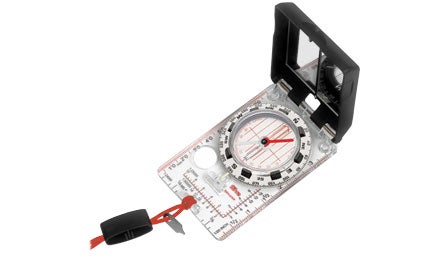
8. Navigation
The number of high-tech GPS apps and devices on the market has exploded in recent years. But even with a phone on you, a map and compass – along with the knowledge to use them – is still the most reliable way to navigate. After all, phones lose signal, but the earth’s magnetic field stays pretty consistent. Good bet: Silva Ranger 515 Compass ($55, 2.4 oz.)
9. Sun protection
From sunscreen to floppy hats to sun hoodies, keeping your skin protected from the sun is about more than just preventing sunburn. Too much hot sun can wear you out quickly, turning your summer day hike into a sweaty slog. For maximum protection, apply sunscreen and SPF lip balm generously one hour before you begin hiking, and reapply every couple of hours. Don’t forget about your eyes, either: Sunglasses are essential for sunny snow hiking, lest you risk snow blindness.
10. Shelter
When the conditions around you start to disintegrate and you know you won’t be able to make it back to the trailhead before nightfall, having a simple emergency bivy or tarp can be a literal lifesaver. Climbing into a coffin-sized enclosure might not be the most comfortable, but in bad weather it’ll keep you much safer than sitting under a tree.
Upgrade your skills with our online Wilderness First Aid Basics class! Learn to conquer common problems and handle emergencies with grace. Start it instantly, complete it at your own pace, access it forever. Sign up now!
